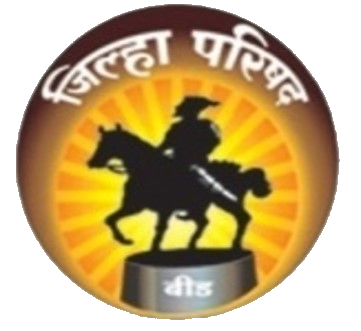INTRODUCTION
The health service system in India started with the British rule . Initially, the purpose of health service was to provide services to soldiers and European civil servants and the control of epidemic diseases like plague , cholera , smallpox was started with the help of local self-government institutions, preferably in the cantonment areas . The British rule introduced Western medicine, so the existing traditional medicine and Ayurvedic treatment were ignored . Initially, therapeutic services were provided through hospitals and clinics in big cities . The Planning Committee suggested providing health services in rural areas in 1940 and organized training for health workers to provide health services at the rate of 1 health worker per 1000 population . The first primary health center was started in 1942 in the village of Shingur near Calcutta ( West Bengal ) . It was called the Rural Health Unit . Rural Health Service Dr. James Grad , Director , All India Institute of Sanitation and Public Health This program has been implemented.
Around the same time, with the financial assistance of the Mumbai Provincial Government, the health service system was started in the state of Maharashtra . Local government hospitals were started at convenient places in the state, which were called urban hospitals, and later all these hospitals were transferred to the Zilla Parishad . In the 13th World Health Assembly held in 1977 , the health organization and its member countries set the health of the community at a certain level as the main objective of communication, which became known as health for all in 2000. It was accepted that primary health care is the key to achieving this objective.
Vision and Mission
Some of the major strategies adopted under the project to achieve the objectives
- Health Under service To be Total Cost G. D. P. ‘s Current 0. 9 Percent From above 2 That 3 Percent Until To increase
- Control and management of public health services, train and educate Panchayat representatives.
- To select a female health worker ASHA in every village.
- In every village through the Village Health , Nutrition, Sanitation and Water Supply Committee.
- Improving the quality of services in sub-centres , primary health centres and rural hospitals.( IPHS Std.) Preparing and implementing village health planning plans at the local level.
- Incorporation of indigenous traditional healing practices , AYUSH (Ayurveda , Rog , Naturopathy , Unani , Siddha, Homeopathy) in public health services.
- To integrate various vertical health and family welfare programs at national, state, district and taluka levels.
Goals to Mission
- All To the substations A. N. M. should be And All Substations Working Should be.
- 24 x 7 primary health center.
- Patient welfare committees at all levels should be functional.
- AYUSH system of medicine should be mainstreamed through the government health system. All tribals
- Hope should be working in parts.
- The benefits of the Janani Suraksha Yojana should be available to 100 percent of the beneficiaries.
- Health services based on Integrated Management of Newborn and Infant Health ( IMNCI) should be provided in the selected districts.
Objectives and functions
- Taking care of the health of citizens
- To make statutory arrangements for health services.
- Providing financial approval for health programs
- Organizing health and family welfare programs.
- Providing health education.
- Preventing and controlling diseases.
- Controlling water quality.
- Providing guidance on basic hygiene.
- Conducting health check-ups in schools and anganwadis.
- Performing preliminary tests in the laboratory.
Work of the Health Department
- Providing therapeutic care and referral services.
- Providing reproductive and child health services.
- Implementing various national health programs.
- Collecting and reporting vital statistics.
- Supervising male health workers of the sub-centre.
- To observe and guide the work of health workers.
- Managing and supplying materials needed by health workers.
- Undertaking teamwork at various levels.
- Maintaining health program reports and records and submitting them to medical authorities.





